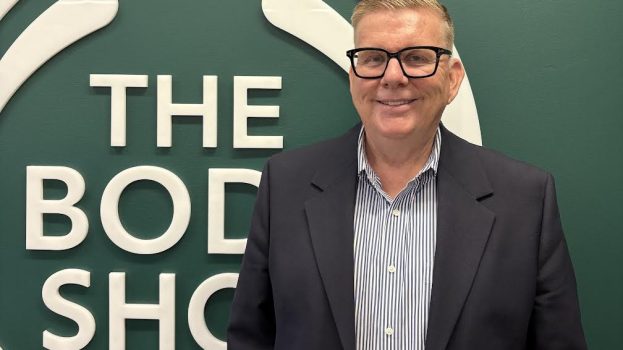James Bailey became CEO of Vancouver-based Phivida, a global brand of CBD-infused products, in March 2018. As a general manager in the early 2000s, Bailey helped build the Red Bull brand and the Canadian energy drink category at a highly regulated time for the industry. He recently spoke to strategy about Phivida’s entrance into Canada, the parallels between his former work at Red Bull and his new role in the nascent CBD market.
CBD-infused beverages are expected to be legalized later this year. What’s your strategy for entering the Canadian market?
Most of our efforts to date have focused on the U.S., where we are going to market with two of our brands: Oki, a CBD-infused beverage and consumer capsule brand, and Vida+, a clinical line for health practitioners. In Canada, it’s a bit of a complicated web. A licence has to be attached to everything that you do. We had a meeting in Toronto last week with a distributor to [launch] a product with a functional ingredient, but without the CBD. That way we can ship it from the U.S. and bring it to the Canadian marketplace through a retailer like Loblaws or Shoppers. And then [be ready] when the Canadian government is ready to press go [on CBD-infused beverages]. That way our speed-to-market can be fairly quick. We just want to make sure it’s copacetic before we go and pitch retailers on the concept.
Tell me about how you previously grew the energy drink category at Red Bull and about the parallels you see with the work you’re doing today.
 The first parallel is that we’re two disruptive categories. Before 2004, energy drinks didn’t exist on the shelf at retailers. The other parallel is the pent-up consumer and retail demand, much like when I was at Red Bull. We were just at the Natural Products Expo West [in California] and I think there were over 117 exhibitors focused purely on CBD.
The first parallel is that we’re two disruptive categories. Before 2004, energy drinks didn’t exist on the shelf at retailers. The other parallel is the pent-up consumer and retail demand, much like when I was at Red Bull. We were just at the Natural Products Expo West [in California] and I think there were over 117 exhibitors focused purely on CBD.
Red Bull was sold in the U.S. for six years before it came to Canada. There were stories being written that people were dying in clubs from drinking Red Bull. There was a lot of curiosity and demand, but there was a real lack of understanding. Finally, we lobbied [the government] to bring Red Bull in as a natural health product. We had to apply for an NPN [natural product number] with Health Canada. And that meant we had to follow all the rules and regulations that applied to natural health products in Canada and the claims we were and weren’t allowed to make.
A lot of players, from AB Inbev to Greenhouse Juice, are looking to launch their own line of CBD-infused beverages. But you’re building new brands from the ground up. How’s that influencing your approach?
The biggest thing is you don’t have a legacy attached to it. So we can create, mould and shape this brand to how we see fit using a lot of research. For Red Bull, they were very data- and research-heavy to help guide decisions and understand [consumer] attitudes. We did the same when coming up with Oki. We tested it against consumers, while working with Sid Lee – they helped me launch Red Bull in Canada and I’ve worked with them on every project since.
You first encountered CBD while recovering from a biking accident. How has that helped inform the work that you’re doing or made you better suited for the role that you have?
I started doing my own research on plant-based medicine and medical marijuana; I was never a pot smoker, so for me, there was still a stigma attached to it. Then, I started learning about CBD and was able to leave the hospital without a painkiller. [That experience] helped inform me, but also made me a better advocate for what we’re doing. I can speak first-hand about the benefits. On top of the surgery recovery, CBD helped me with anxiety. Our research on the top usage occasions shows that number one is anxiety, number two is insomnia.
Today, I’ll go into dispensaries in the U.S., because I love watching consumer behaviour. Over time, I’ve seen people of all ages and all ethnicities going into these stores. I’ll watch 60-year-old couples, probably lapsed users from the ’70s and ’80s who are re-entering the category. And the curiosity from them and how they’ve evolved their thinking is pretty neat. It’s going to be interesting to see how parents talk about [the category] with their children. We’re definitely seeing much greater acceptance.
This interview is part of a series for Strategy C-Suite, a weekly briefing on how Canada’s brand leaders are responding to market challenges and acting on new opportunities. Sign-up here to receive the latest stories.
The interview has been edited for length and clarity.
























